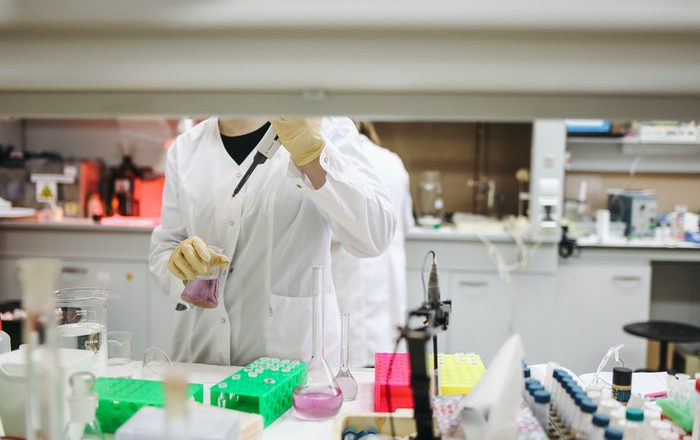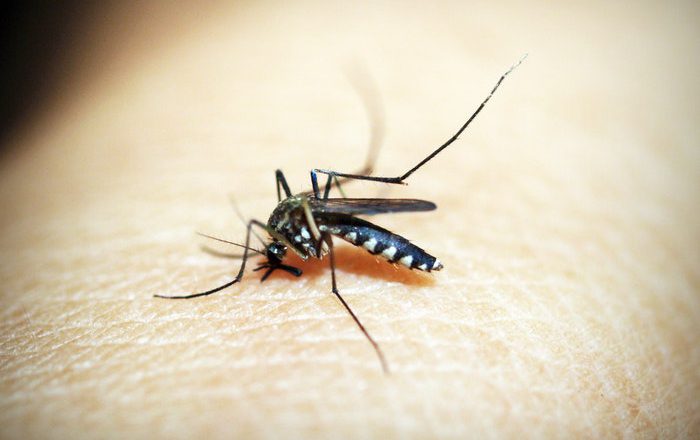From marmots to mole-rats to marmosets – studying many genes in many animals is key to understanding how humans can live longer
Much of longevity and aging research focuses on studying extremely long-lived species, including bats, naked mole-rats and bowhead whales, to find genetic changes that contribute to long life.
However, such work has yielded highly species-specific genetic changes that are not generalizable to other species, including humans. As a graduate student, I have studied growing evidence, including recent work from my advisers’ labs (Maria Chikina and Nathan Clark), that supports the hypothesis that lifespan is a complex and highly context-dependent trait that calls for a shift in how biologists think about aging.
Old age: The human problem
Aging is the process by which the likelihood of death increases the longer an organism is alive. In mammals, aging is hallmarked by several molecular changes, ...










